DIY Sweater Sleeve Christmas Stockings

by
Catherine
(IC: blogger)
I adore the look of fluffy, knit Christmas stockings, but couldn't bring myself to purchase them at big name stores like Anthropologie or Pottery Barn (pictured below). So, I took matters into my own hands and made some from thrift store sweater sleeves!
Prior to this project, I bought a few ivory and white knit sweaters from a thrift store and made pillow covers from them (click here to see the how I did it: http://www.hometalk.com/diy/decorate/pillows-throws/upcycle-sweater-pillows-cover-5083176). We had the sleeves left over, which were perfect for stockings!
Step 2. Lay the sample stocking on the sleeve that's turned upside down, toe facing to the right. Make sure there's at least 1/2 an inch of space on all sides of the sleeve to allow for sewing later on. Outline the sample stocking with the marker. Once you're finished, set it aside.
Step 3. Lay the sample stocking on the other piece of fabric that is right side up (the good side is facing up, the bad side is facing the table). This time, turn the stocking so the toe is facing to the left. Trace the stocking onto the fabric.
Step 4. Put the two good sides together, matching up the lines. The soon-to-be stocking should be inside out at this point. Use a few pins to keep the two sleeves in place.
Step 8. Attach something to hang the stocking with. This could be ribbon, braided yarn, etc. – something sturdy!
Step 9. Hang, stuff, and enjoy!
Enjoyed the project?

Want more details about this and other DIY projects? Check out my blog post!
Published October 20th, 2014 11:13 AM
Comments
Join the conversation
2 of 100 comments
-
-
Would be a good idea to use the sweater OVER an already made stocking as to avoid it from losing it's shape.
 Ant2846470
on Dec 31, 2015
Ant2846470
on Dec 31, 2015
-


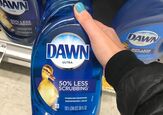


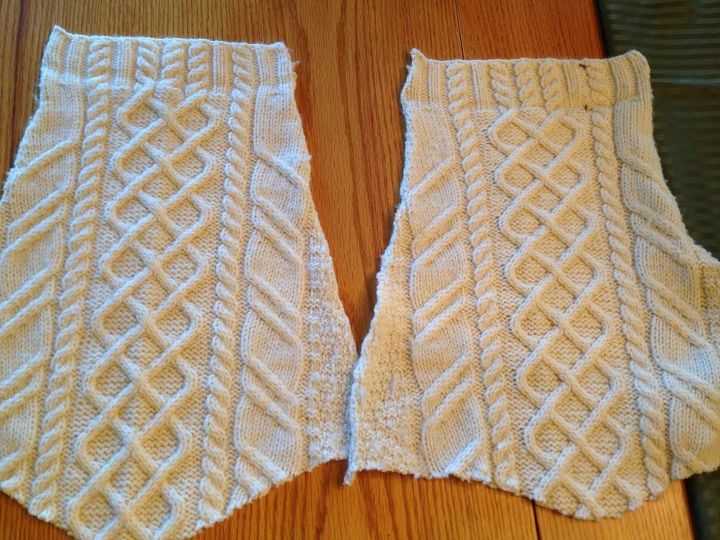



















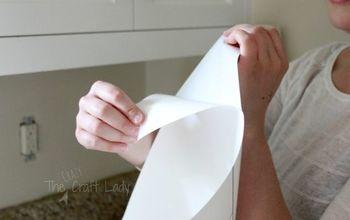

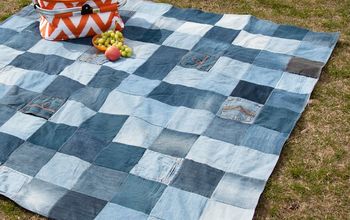

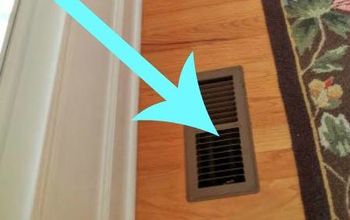

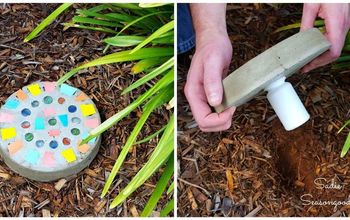



Frequently asked questions
Have a question about this project?